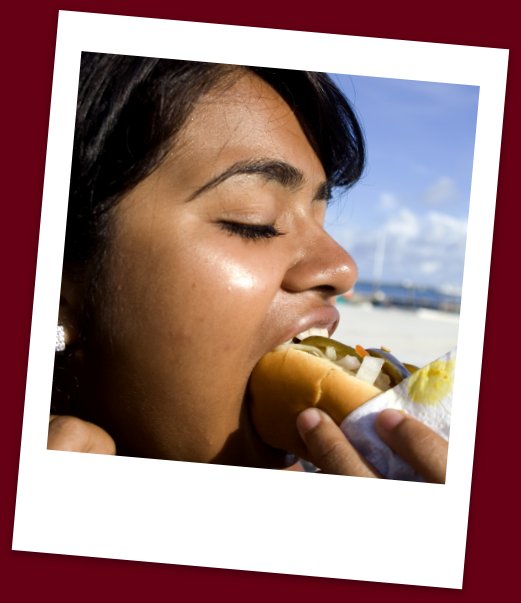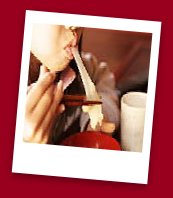|
Salmonella
 Over the years, Salmonella has found its way into the news to the point where some people call it the number one food borne illness in the United States. Commonly associated with chicken, this bacteria has become synonymous with food borne illness outbreaks (two or more people getting sick from the same food) ranging from peanut butter to chicken and from tomatoes to salads. Over the years, Salmonella has found its way into the news to the point where some people call it the number one food borne illness in the United States. Commonly associated with chicken, this bacteria has become synonymous with food borne illness outbreaks (two or more people getting sick from the same food) ranging from peanut butter to chicken and from tomatoes to salads.
The term “Salmonella” actually refers to a large group of Salmonella strains, all of which can make humans and pets sick. Usually symptoms appear 12 to 72 hours after consuming the bacteria and the illness can last 4 to 7 days. If you are a high risk consumer, the illness might be more severe; we describe how Salmonella illness spreads in our Food Borne Illness Page. Symptoms of Salmonella poisoning start with diarrhea which, if severe enough, can require hospitalization. Most people recover from Salmonella poisoning on their own, but if the infection is bad enough or if the person is in a high risk group, the infection could spread to the bloodstream, leading to toxic poisoning and possible death. Understanding how food borne illness starts and spreads can also be helpful in understanding Salmonella.
Salmonella comes from both animals and plants, and can be introduced to food accidentally though faulty cleaning or handling by the employees of the food service operation. A food handler (farm picker, restaurant cook, or processing plant employee) who is ill with a Salmonella infection and fails to wash hands properly can transfer Salmonella to your food. Salmonella can be killed, so an important way to keep your food safe is through proper cooking. When you’re preparing dinner, washing your hands after touching raw foods is also key to avoiding contamination. Washing hands after using the restroom is always important for health, regardless of the situation. If you come into contact with chickens or other birds at a petting zoo or farm, wash your hands properly (or at least use a hand sanitizer) to help neutralize any Salmonella you may have picked up. If you ever have to come in contact with bird feces, wear gloves AND wash hands immediately. Interestingly, reptiles like small turtles can also be hosts for Salmonella, so hand washing after handling them is important, and high risk individuals should not own turtles as pets.
|





 Usually, a person with a Salmonella infection has diarrhea for a day or so. If the diarrhea does not go away after two bowel movements, consult your doctor. In some cases, antibiotics can help eliminate the Salmonella from your system.
Usually, a person with a Salmonella infection has diarrhea for a day or so. If the diarrhea does not go away after two bowel movements, consult your doctor. In some cases, antibiotics can help eliminate the Salmonella from your system. 
